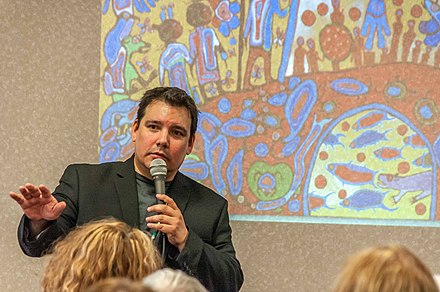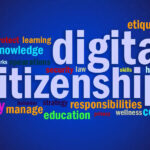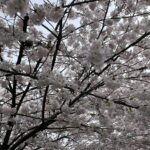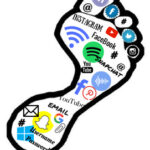
On the morning of September 18th, the SD57 Indigenous Day of Learning, our EDUC 405 class gathered, either in-person or on Zoom, to attend a keynote speech by Dr. Niigaan Sinclair, Justice Murray Sinclair’s son. I attended over Zoom, and from the comfort of my home, I watched an inspiring and engaging presentation and left the session with so much to consider for my future as an educator.
Opening the presentation, I quickly gathered two important messages:
- As teachers, we need to know how important we are to the students, as they depend on us to give them a well-rounded education.
- We need to be grounded and have a strong sense of character, and it is vitally important to take care of ourselves.
That second point is something I had heard many times from teachers I worked with at the boarding school, however, hearing it in this presentation added additional importance for me.
Through the first story, Niigaan told us, the understanding I took away was if we can teach a culture, knowing nothing about it going in, and come out the other side with better understanding and knowledge, as well as having successfully taught, we can do that with Indigenous culture as well. He emphasized that as educators, we should be able to inform ourselves and learn about Indigenous culture so we can incorporate it into our classrooms to help unite our country and inform students who may not know much.
Niigaan continued his presentation by explaining the impacts of removing Indigenous people from their communities. He highlighted the fact that 90% of incarcerated people in Canada are Indigenous people, however, they only make up 20 to 30% of Canada’s population. He explained the ramifications of removing young Indigenous men from their communities, and the burden placed on the families, and as he talked, I realized how uneducated I was about these issues. Yes, I knew that Indigenous people were incarcerated at higher rates compared to non-Indigenous people, however, I didn’t realize how much higher the rate truly was. While he shared more information about Indigenous culture, I found myself immersed in learning more and more, making mental notes to do more research afterward.
The final subject Niigaan talked about was a First Nations Learning Model, explaining that our roots are what we have learned in our homes, but we have cut the roots of a lot of Indigenous individuals. Can an individual be their full self with no roots? Can a child/adult reach their full potential without their roots? As educators, we must help them develop their roots, and develop themselves as individuals, and we must encourage and support them. Non-Indigenous Canadians are also missing their roots, as many people were taught that Indigenous people and their issues do not matter.
As educators, we need to change that narrative, emphasize to our students that Indigenous issues matter, and bring Indigenous knowledge and culture into our classroom. When an Indigenous student succeeds, everyone succeeds. When we can emphasize the importance of Indigenous knowledge and education, we help Indigenous students feel seen and heard, showing them we are there to support them.





